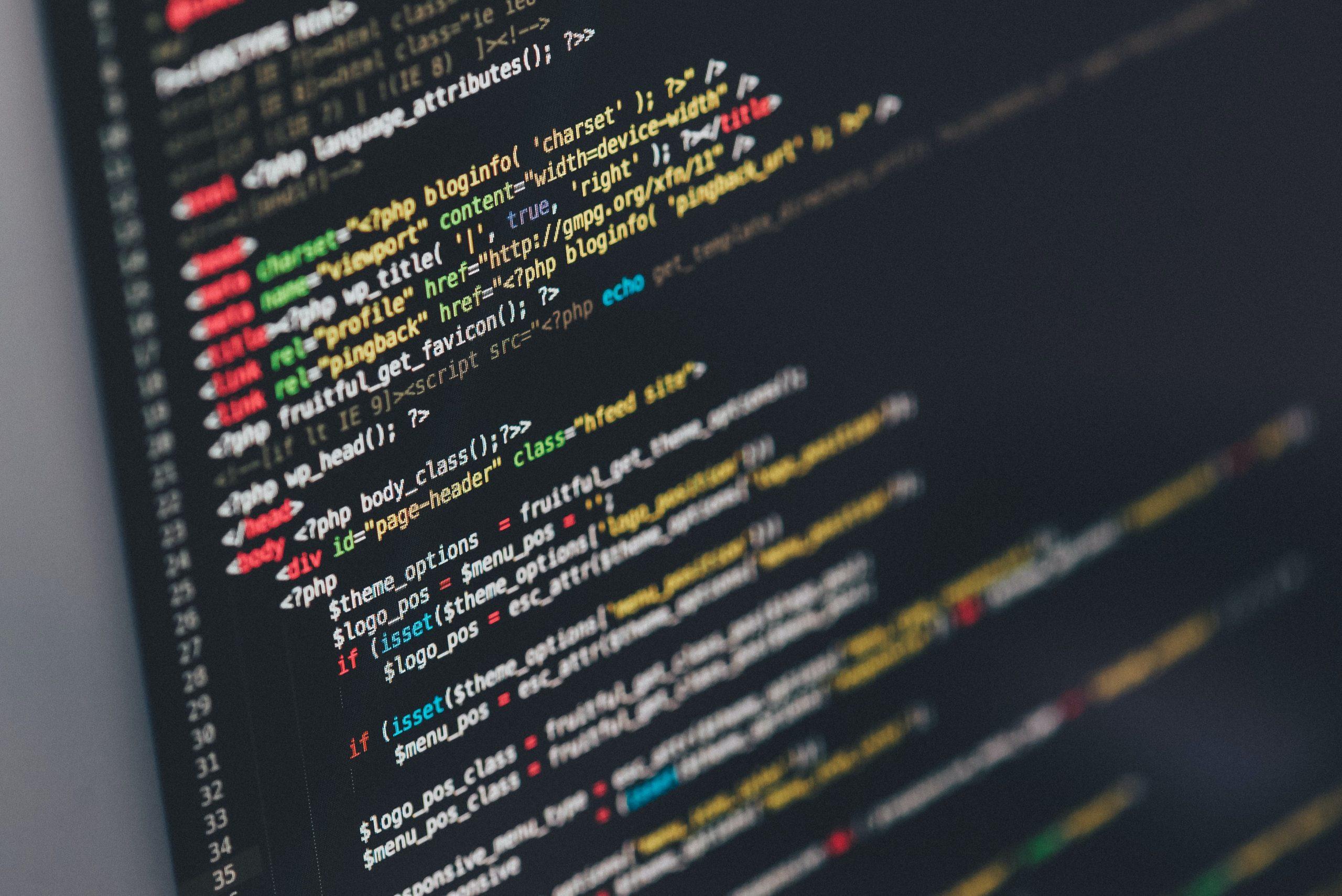10 Habits That Will Shape A Better Way Of Working
Do you find yourself having trouble focusing on your work? Do you find it exhausting trying to deal with constant interruptions and distractions? You’re hardly alone, especially now that many of us are working from home amid our partners, children, roommates, and pets. According to a study by the McKinsey Global Institute, over 60% of our workday is spent on unproductive busywork, like looking for information or tracking down colleagues. Email alone was found to consume nearly 30% of the workweek. Gloria Mark, a digital distraction expert and professor at the University of California, Irvine found that an average office worker gets only 11 minutes between interruptions and that it takes 25 minutes for us to return to what we were doing before the interruption.
The workplace has been in a state of profound transition for years, even before the coronavirus pandemic. COVID-19 has created a “leapfrog” moment by pushing companies to be more comfortable with distributed work in a matter of weeks. Has the meaning of a term ever been more quickly transformed than “working from home”? It used to be something we did to avoid distractions. Now, it’s synonymous with distractions — especially while many are simultaneously educating their children and/or caring for loved ones.

The pandemic has created an environment where it’s hard to tell when the workday ends and home life begins, making harnessing our creativity a challenge. Trying to get sustained work done feels like running a gauntlet of notifications, alerts, distractions, and interruptions. One report found that since 2000 the human attention span has fallen 12 seconds to 8.5, just below that of a goldfish (and about the time it takes to read this sentence). We might think we can get around that by multitasking, but, as science shows, multitasking is a myth. Studies show that productivity can drop by as much as 40% when switching between tasks. As mothers ourselves, we can attest to this!
We don’t know what the work world is going to look like on the other side of this pandemic, but we do know that there will be more remote work, which will require a shift in mindset in order to continue to do focused intense, and sustained work. Remote work can be challenging, but there are also benefits, including more flexibility in how we structure our day, more time back with the elimination of commutes, and more opportunities to nurture our physical and mental well-being. But those benefits won’t be realized unless we prioritize ways to maintain the boundaries between work and our personal lives and cut down on the busy work so that we can focus on what really matters.
To help maximize the benefits of remote work, it’s vital for companies to prioritize finding ways to inspire, empower and support people to focus on the work that matters. One way to start is by providing the right technology tools that support distributed teams. These are tools that help keep us organized, keep distractions at bay, and allow us to work seamlessly across applications. In short, it’s about helping us find the focus to get our work done and then disconnect from our work when we need to. This lets us recharge in order to continue to do our deep and creative work without burning out. If, as leaders, we can help our employees do this effectively, and model it ourselves, we can have a positive impact on this new way of working.
It’s a big challenge, but, like all long journeys, there are a few Micro steps that you can take on your own which can go a long way in helping you find focus. Here are 10 Micro steps — small, actionable steps we can incorporate into our daily lives right away — for a life of more focus and less stress in our new world and create habits that will shape a better way of working.

1. When you wake up, don’t start your day by looking at your phone. Instead, take at least one minute to breathe deeply or set your intentions for the day.
2. Do one small thing each morning that brings you joy. It might be meditating, walking, or making breakfast. From this foundation, you’ll be more focused and productive once you get to work.
3. Take a minute to block off time for focused work today — ideally in the morning. Set a calendar reminder so you can maximize focus and minimize distractions. Let colleagues know so they’ll be less likely to interrupt you.
4. Turn off your nonessential notifications. Seeing a stressful notification first thing in the morning can cause your cortisol levels to spike. Turn notifications off so you can reduce your stress and stick to any boundaries with technology you’ve set for yourself.
5. Block time on your calendar to manage your email. Setting aside time for email can help you avoid constant inbox distractions and disruptions throughout the day.
6. Take a short break at least once a day. Step away from your desk, even for just a few minutes, and do something that energizes you. You’ll return with renewed focus and purpose.
7. Set aside even just five minutes to meditate. When you calm your mind and shut out outside noises and distractions, you’ll return to your work ready to focus and produce.
8. Eat lunch away from your desk. Even if your desk is your dining room table. Instead of eating quickly while working, step away from wherever you’re working at lunch, even for just a short time. You’ll be more effective the rest of the day.
9. Take a daily “tech time out” to improve your focus and reduce stress. Set aside time to step away from social media and email so you can give your full attention to what matters most.
10. Schedule unstructured time with your team. Being able to spend time with co-workers — even through screens — that’s not about work relieves stress and increases a sense of connection.
This article was written by Arianna Huffington and Olivia Nottebohm and originally appeared on Thrive Global.






